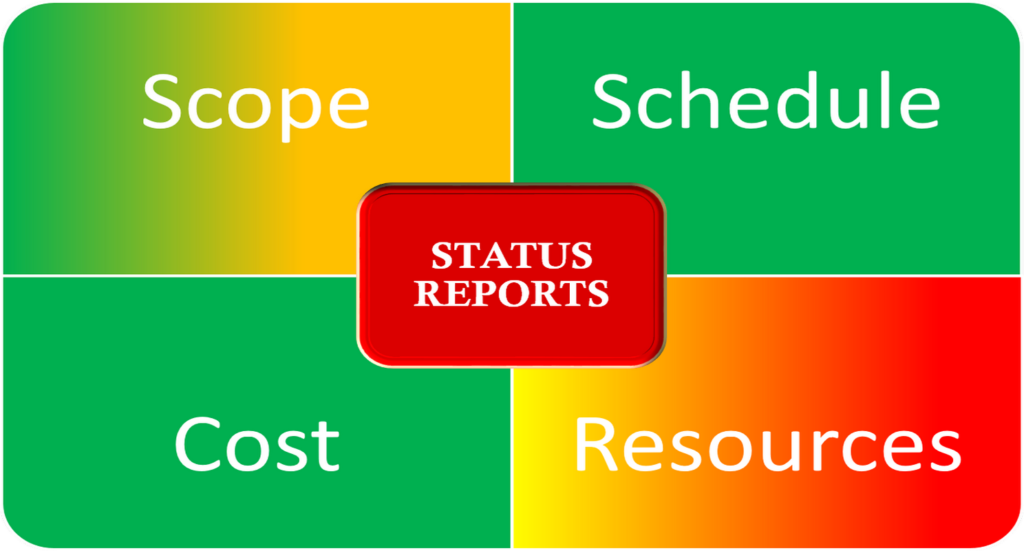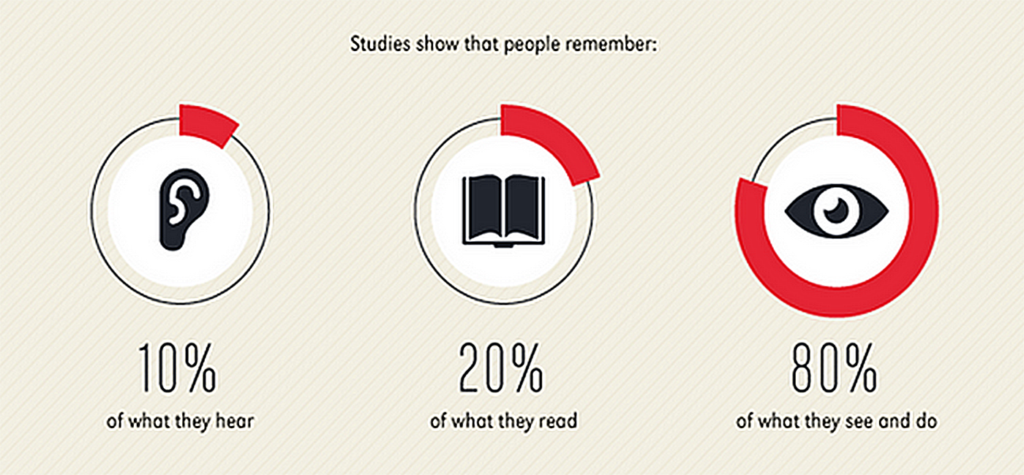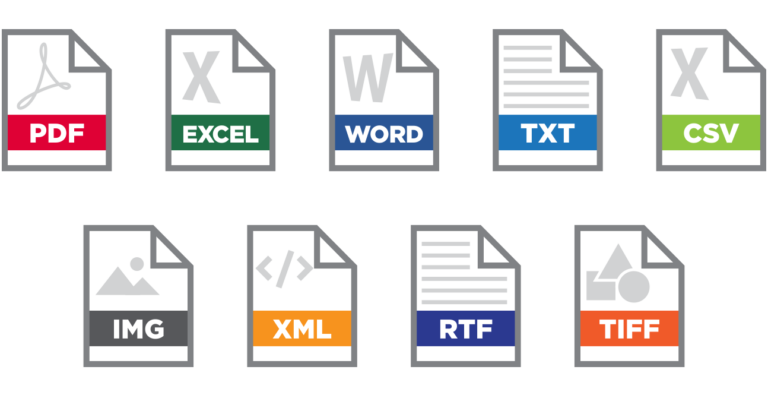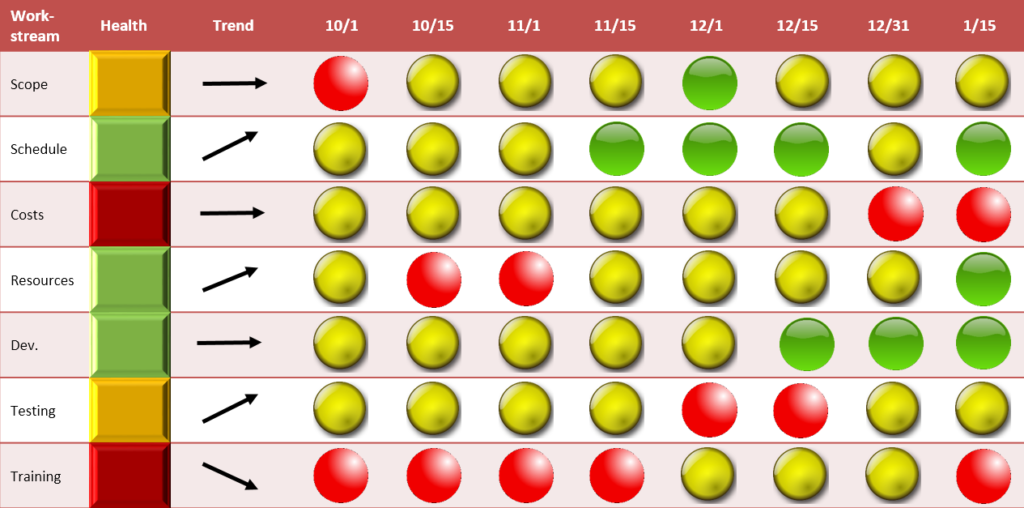
Why your Status Reports Fail AND 6 Ways to Fix Them
It’s a safe bet that after a short management career you’ve seen your share of status updates and management report templates. Whether the report is for middle management or the board of directors, most status updates will have the same basic components your audiences need to see – Where do things currently stand? Are we on track? How are costs compared to the original budgets? Will we accomplish what was planned? What are the risks? What has already gone wrong?….and on and on.
Yet believe it or not, these commoditized documents can actually vary substantially. In fact, with just a few minor adjustments, these “TPS” looking reports can be differentiators in every organization.
Here are the reasons status updates usually miss the mark and suggestions as to how they can stand out:
1. They Stop at Why
Novice managers build reports that show activities over the past reporting period that were completed. These often seem important to the author because they want to show how much effort went into the initiative. However, most executive audiences are not looking for an audit report on resources’ time.
More advanced management reports will focus on the results. These show why the tasks are where they are. This would include relevant statistics to confirm the data as well as a detailed analysis of how to reach upcoming milestones.
The best reports will not just focus on the results and the “whys”, but also incorporate the AND – as in “AND what’s next”, or “AND what do we do to get back on track”.
This is best shown with a prioritized list of the solutions, and a recommended approach to each area that needs correction. Simply, explain the core problems, provide feasible options for improvement, and pick a recommended approach. This is a key difference between middle management reports and executive updates.
2. They Focus Only on the Content
The phrase “a picture is worth a thousand words” is especially germane when conveying a project’s status. It’s just human nature to gravitate toward the pictures and pretty colors. Don’t fight it – use the way people look at the data to your advantage. How you lay out the story will intuitively tell your audience where their focus needs to be targeted.
Enhanced graphics will reach your audiences faster and allow them to retain the information. Visuals are processed by the brain 60,000 times faster than text; and since they impact our emotions, we remember four times the material.

Source: djdesignerlab.com
One study by 3M found that presenters who use visual aids are 43% more effective in persuading audience members to take a desired course of action vs those that do not. So remember, it’s not just what you say but how you say it.
3. They Use a One Size Fits All Approach
Every company comes with their own culture(s) and ways of doing business. Some want all status reports in a power-point format with size 16 or larger font, some request only Word documents with area section breaks, and others like to see any type of data in an Excel workbook. Then within each organization there are the key stakeholders that are set in their ways and want updates only as a PDF because they don’t have Office tools on their computers or phone. No matter what the case, there will always be unique situations within your audience, and it doesn’t pay to say “my way or the highway”.

Think about software apps that roll out their products just on Android. Do you think IPhone users are going to get a second phone just to have a few more apps? Remember, your job is to get the message out any way you can. If you need to create a PDF, PowerPoint Deck and Word version of the same document to get eyeballs, then do it. If none of your past templates satisfy all the stakeholders then get creative. Maybe publishing the report to a website with push notifications to your teams will be a better approach? At the end of the day you need to figure out how to communicate the messages most effectively, not most efficiently.
4. They Lack Multiple Dimensions
No, this does not mean you are expected to make your updates available in virtual reality, although maybe this could liven up the presentations. It is about adding a time component to provide your audience with more perspective. Most of your audience has multiple updates coming at them each week. They won’t remember if an area that is now yellow was once red or green during the prior period. You need to show how the project is trending over time. You need to show what is improving and what needs corrective action to get back on track.

5. They Are Not Structured for Follow-ups
Inevitably status reports will drive additional conversations as well as questions. Each team, department and executive will initiate responses based on their own interests and how their parties are affected. These items can be to confirm the data, to get further insight on the next steps, or to figure out what went wrong.
Most managers know these additional asks are imminent, but fail to prepare the right way. They either add so much data that audiences don’t t know where to focus, or they try to summarize too much.
The best way to prepare is with a layered approach. It allows you to meet the needs of various parties without a different report for each. I recommend the following four layers:
- Executive Summary (Slide) – For the people that only have the elevator ride to get up to speed
- Operational Details – Information that shows how you arrived at your summary, and track / functional group level summaries (2-3 slides)
- Appendix – Information that can be useful for many anticipated follow-ups, but is too specific for a general status meeting
- Notes / Supporting Materials – Granular details that are not supplied to your audiences, but that are available if needed
6. They are Filled with Lies
Telling it exactly how it is can be easier said than done. Often there are large expectations and managers want to avoid the inevitable confrontations that come with a report with less than straight As. In addition, many people want to believe they have the ability to right the ship given a little bit more time. They say to themselves “the current problems are just temporary and will likely go away soon. Why sound the alarms make things out to be worse than they will be next week.”

This way of thinking often becomes a slippery slope. More and more issues come up, and the chance of getting back on track becomes less likely. Then, when it is too late to develop an adequate mitigation plan, the blame comes back around to the manager, even though the problems were owned by others at the start.
People don’t lie just to protect themselves. More often they look at it as an act of confidence toward others. If they report things are all green the team will step up to keep in line with the updates – yet it never works like that.
The better approach is to get out in front of issues and take the conservative approach. Not only will you sleep better at night, executives will have confidence in your word and not panic when you paint a less-than-rosy picture.
What do you think? Do you have other suggestions?
About the author: David Apollon is the managing director at 9Nation Inc., a consulting firm founded ten years ago to help Fortune 500 companies as well as growth-stage firms handle special IT and strategic projects including ERP, CRM and cloud-based implementations. David has led over 75 corporate programs, projects and PMO initiatives in the past 20 years.
